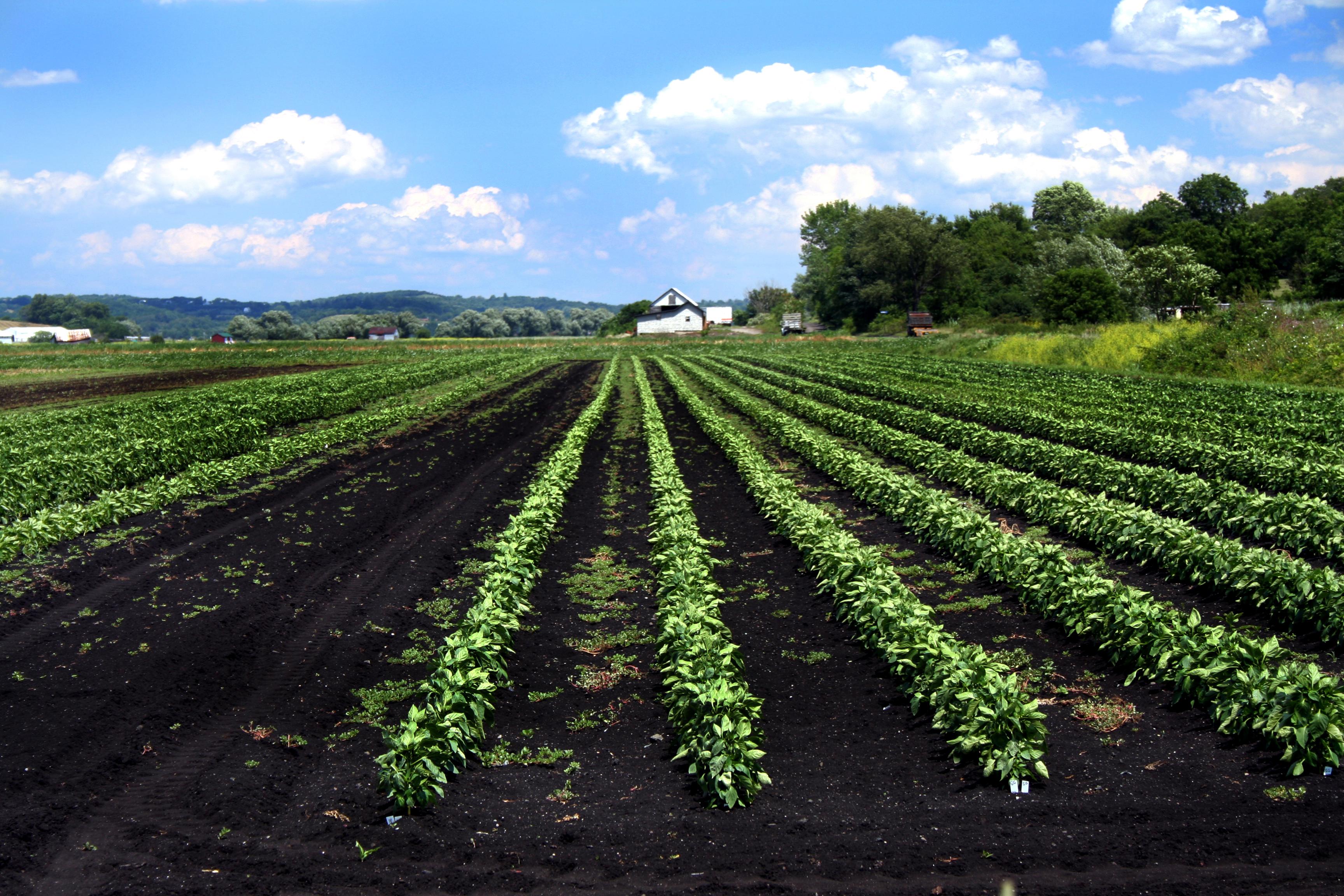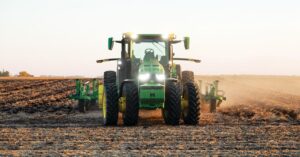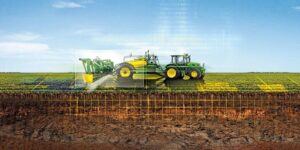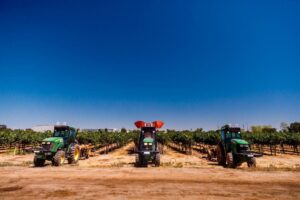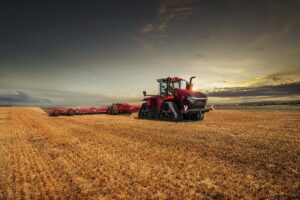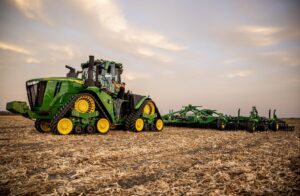As spring approaches, farmers across the nation are evaluating their equipment needs for the upcoming planting season. Recent technological advances and equipment modifications have introduced new options for agricultural machinery, from precision seeders to GPS-guided tractors. These updates aim to enhance planting efficiency, reduce operational costs, and maximize crop yields in an increasingly competitive farming landscape. This overview examines the latest equipment developments and modifications available to agricultural producers for the 2024 planting season. As spring approaches, farmers across regions are gearing up for the upcoming planting season with enhanced agricultural machinery and technological innovations. The latest equipment updates bring improved efficiency, precision, and sustainability to farming operations.
New tractors now feature advanced GPS guidance systems with sub-inch accuracy, allowing for more precise field coverage and reduced overlap during planting. These systems integrate seamlessly with automated steering controls, enabling operators to focus on monitoring seed placement and equipment performance.
Planters have undergone significant modifications, incorporating electric drive systems that provide row-by-row control.This technology allows for variable-rate seeding and automatic row shut-off, minimizing waste and optimizing seed placement. The latest models also feature improved depth control mechanisms and down-force adjustments that adapt to varying soil conditions.
Seed monitoring systems have evolved to provide real-time data on seed spacing, population, and singulation. Modern sensors can detect skips, doubles, and other planting irregularities, allowing operators to make immediate adjustments.Mobile applications now enable farmers to track planting progress and monitor equipment performance from their smartphones.
Tank systems have been redesigned with larger capacities and improved fluid dynamics,reducing the frequency of refills and maintaining consistent seed flow. New bulk fill systems feature automated calibration and easy-clean components, saving valuable time during the planting window.
Maintenance schedules have been streamlined with the integration of remote diagnostic capabilities. Equipment dealers can now monitor machine health remotely, predicting potential issues before they cause downtime.This proactive approach helps ensure equipment reliability during critical planting periods.
Environmental considerations have influenced equipment design, with newer models featuring reduced soil compaction through improved weight distribution and tire technology. Advanced hydraulic systems operate more efficiently, reducing fuel consumption and environmental impact.
Software updates have enhanced the integration between different equipment components, creating a more cohesive operating system. These improvements facilitate better data collection and analysis, enabling farmers to make more informed decisions about their planting strategies.
Equipment manufacturers have also focused on operator comfort and safety, incorporating ergonomic controls, improved visibility, and enhanced cabin filtration systems. These features help reduce operator fatigue during long planting days.
Financing options have expanded to accommodate these technological advances, with manufacturers offering flexible payment plans and leasing arrangements. This accessibility helps farmers incorporate new equipment into their operations without substantial upfront costs.
Training resources have been developed to help operators maximize the benefits of new equipment features. Online tutorials, virtual reality simulations, and hands-on workshops ensure proper equipment utilization and maintenance.
These equipment updates represent significant advances in agricultural technology, providing farmers with tools to improve efficiency, reduce costs, and enhance crop performance during the critical planting season.